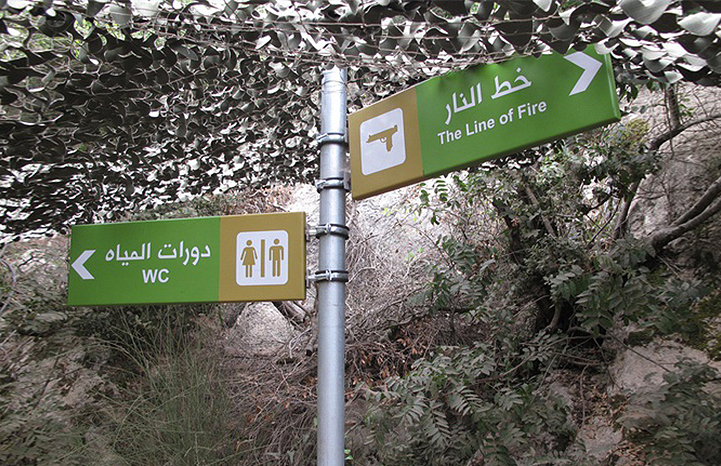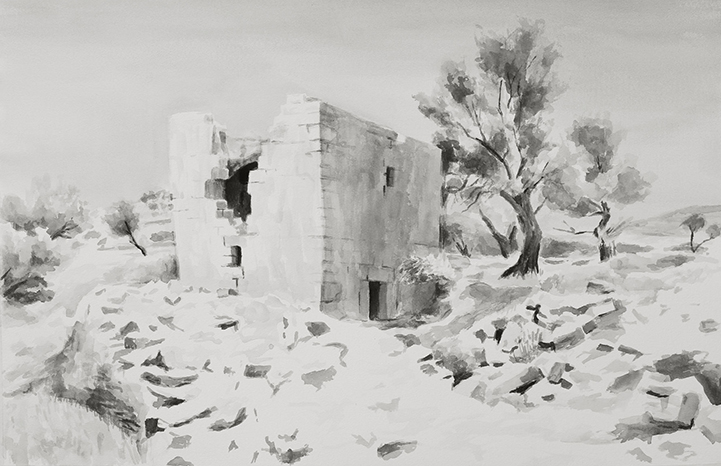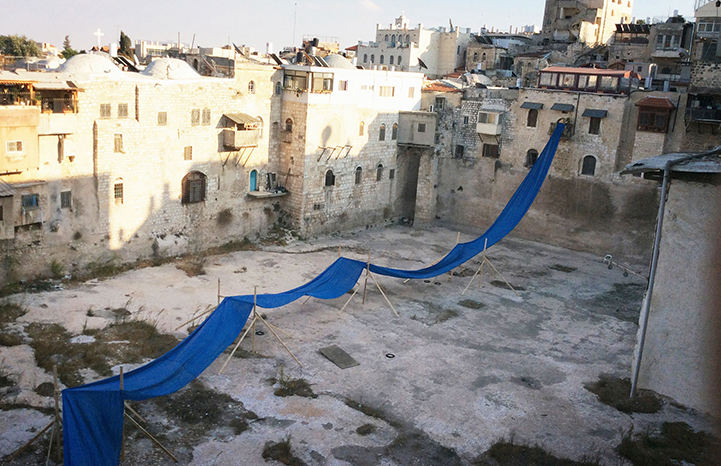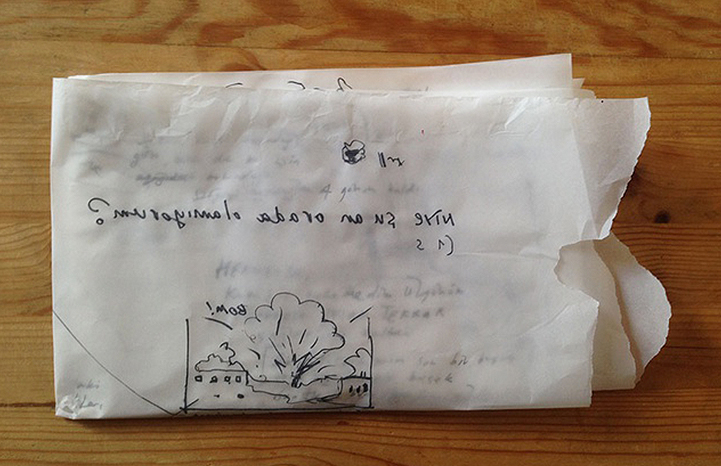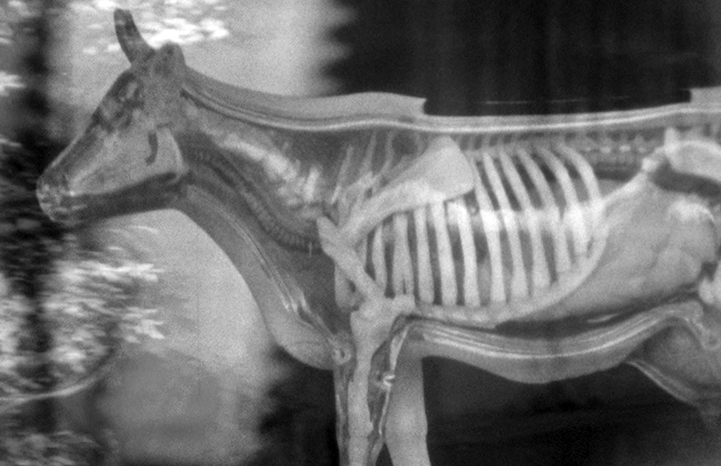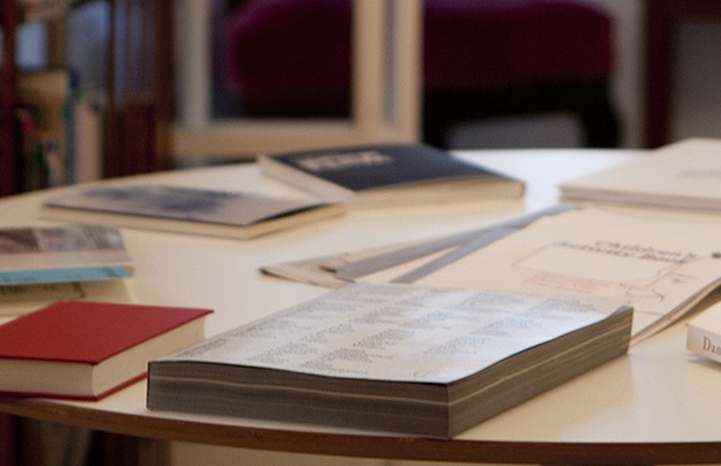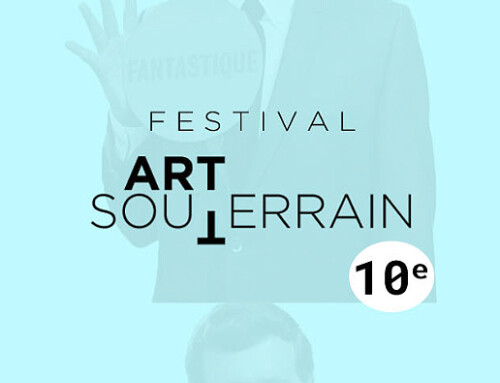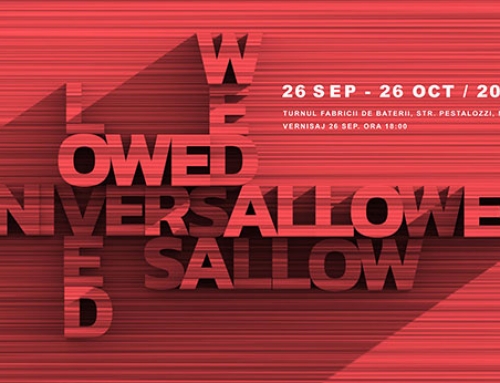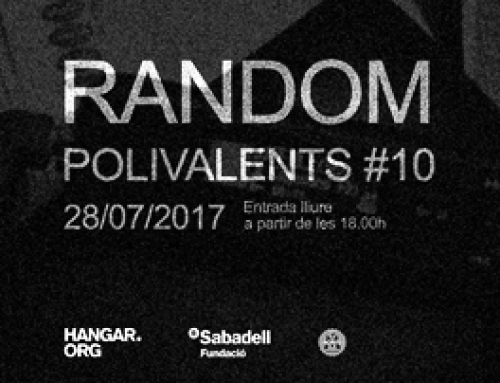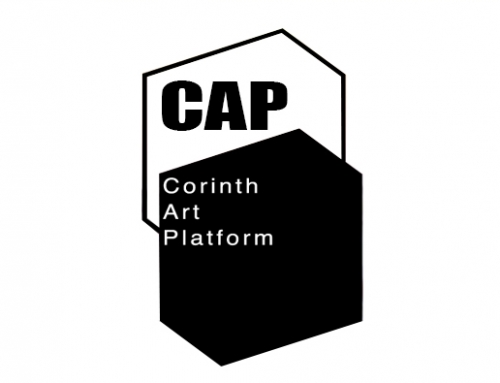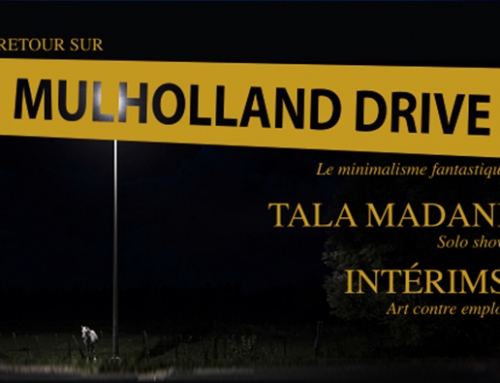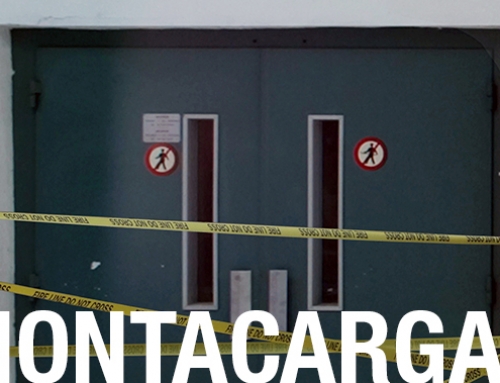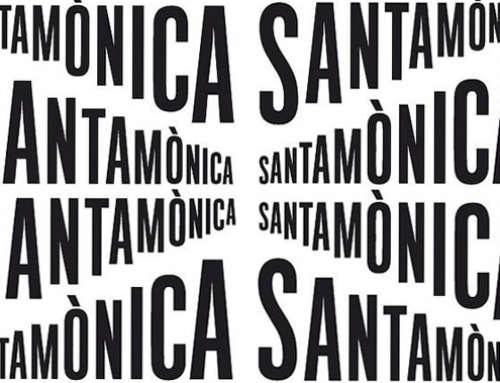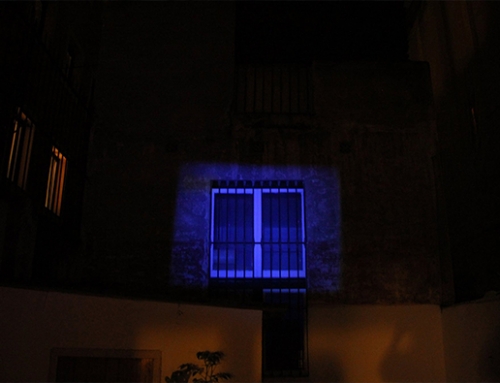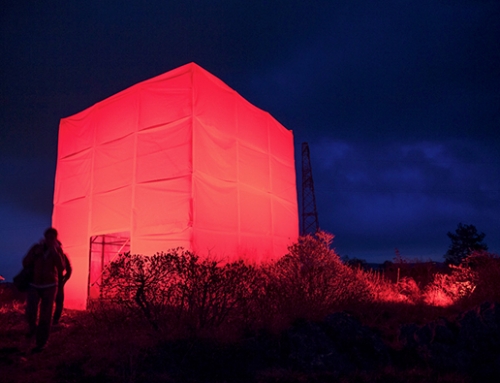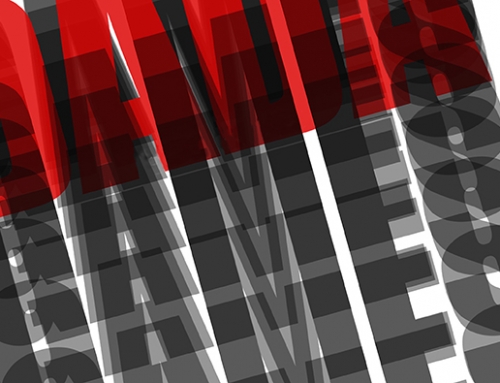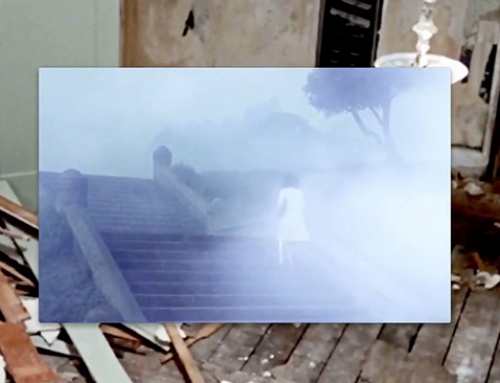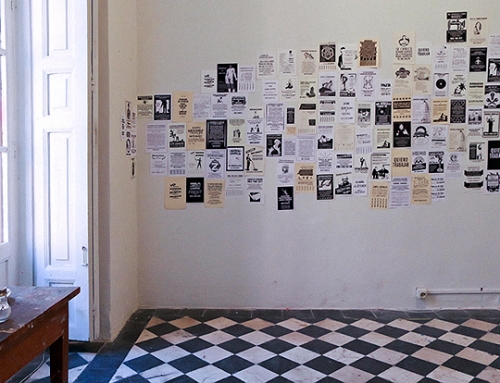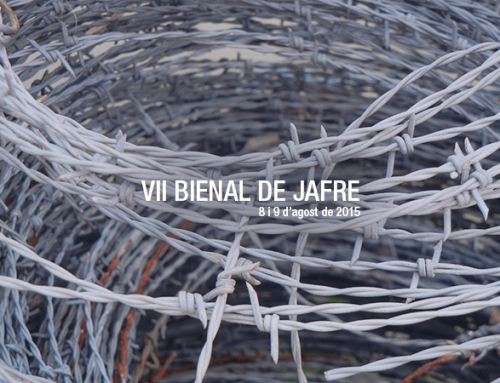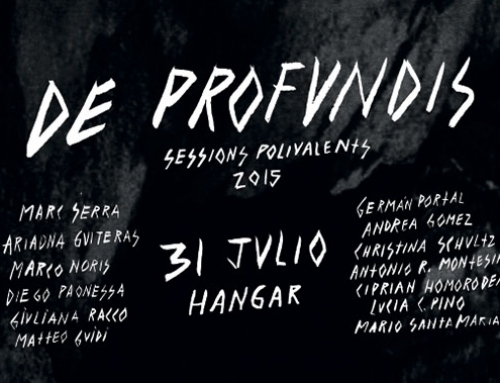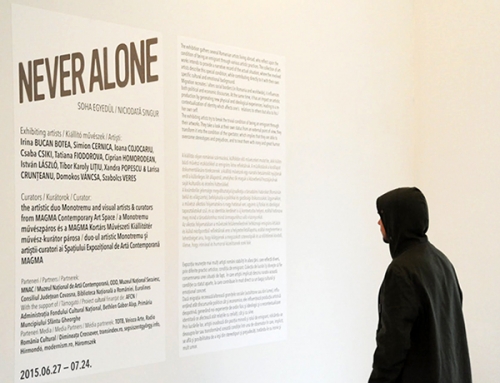October 24–November 7, 2014
Curated by Basak Senova
Participating artists of The Jerusalem Show VII are Majd Abdel Hamid (Palestine), Adel Abidin (Iraq/Finland), Noor Abuarafeh (Palestine), Benji Boyadgian (Palestine), Lara Baladi (Egypt), Hera Buyuktascian (Turkey), Paul Devens (The Netherlands), Cevdet Erek (Turkey), Rula Halawani (Palestine), Bashar Hroub (Palestine), Jesper Just (Denmark / USA), Gulsun Karamustafa (Turkey), Jonathan Loppin (France), Jumana Manna (Palestine), Conor McGrady (Ireland), Tom Nicholson (Australia), Pekka Niittyvirta (Finland), Ceren Oykut (Turkey), Raqs Collective Media (India), Hiraki Sawa (UK / Japan), Sille Storihle (Norway / Germany) and Zehra Sonya (Cyprus).
FRACTURES is composed of seven chapters that will take place simultaneously: INTENSITIES, DETAILS, INTERVALS, MEASURES, LINES, WRITING and FABRIC. These chapters present exhibitions, site-specific art projects, performances, artist books, book launches, walks, talks and screenings.
www.almamalfoundation.org / www.qalandiyainternational.org
The Jerusalem Show VII
An event in a defined setting is never experienced, perceived and remembered in the same way. In Deleuze’s words, ‘events are produced in a chaos, in a chaotic multiplicity, but only under the condition that a sort of screen intervenes.’ Accordingly, ‘time’ perceived by the witness, the participant or the follower of any event cannot be the same. The sensuous links between the internal and the external realms are always diverse, and therefore the perception of time becomes fractured within them.
The starting point of FRACTURES is Jerusalem, a city that persistently folds multiple pasts into contradictory presents. In this line of thought, FRACTURES gathers research-based projects that detect and process multiple realities and perceptions of events and conditions in relation with different time sequences while taking ‘Jerusalem’ as the nucleus of this attempt. The basic aim of the project is to establish and discover links between diverse artistic research, cases and actions accumulated in the course of the project and the daily realities of the city.
FRACTURES is not about perceiving multiple time segments co-existing in this historical city, but is an attempt to describe how visions and sights can be read from different points of view . The core challenge is to read affectual flows in-between fractures of time. The aim is to detect similar details and hidden mechanisms in order to open up new platforms of association and conversations on life, politics, culture, economics, psychology, and art. Within this, the deeper question is how to process Jerusalem as the ‘standing reserve’ of this course of action.
FRACTURES has been developed and shaped by artistic research, enquiries, approaches, viewpoints, and projects that revolved around the project of the Jerusalem Show and the context within which it is staged. It is composed of seven chapters that unfold simultaneously during the course of The Jerusalem Show, and in the framework of the 2nd Qalandiya International: ARCHIVES, LIVED AND SHARED.
Basak Senova
